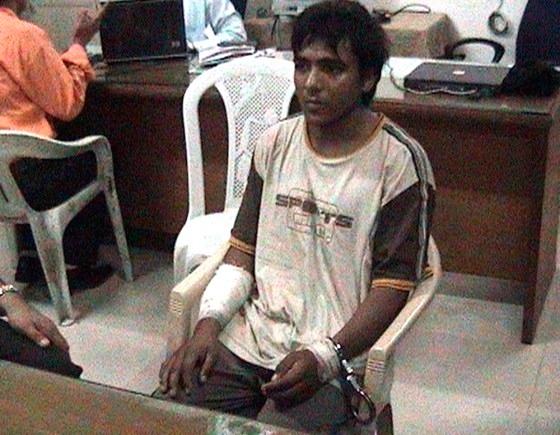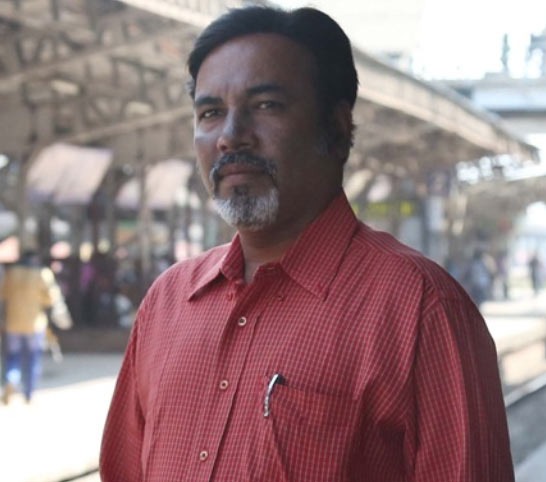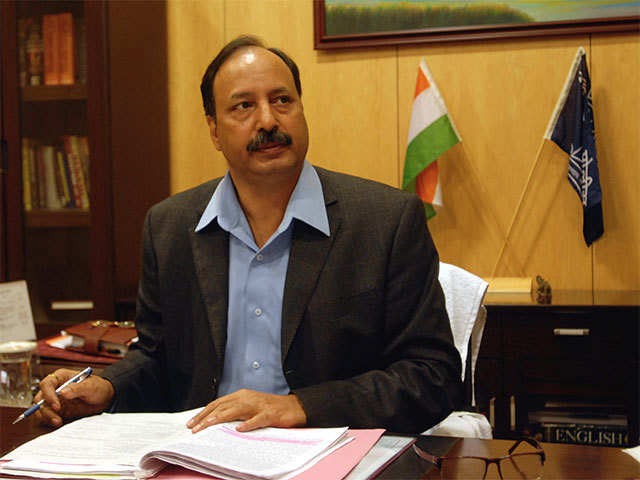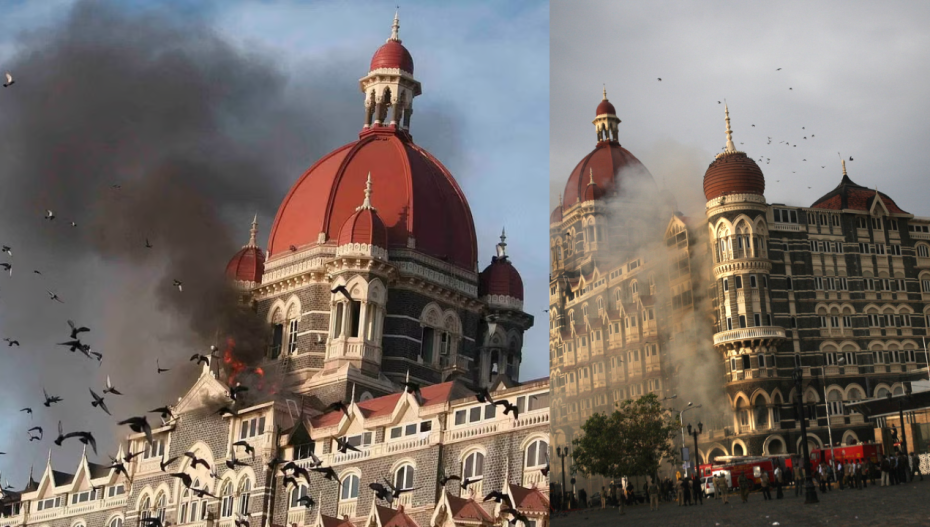A number of violent terrorist attacks that had a significant impact on India and drew international attention were the 2008 Mumbai attacks, also known as the 26/11 attacks. In a planned attack on multiple important places in Mumbai, ten armed men from the Pakistan-based outfit Lashkar-e-Taiba (LeT) fatally killed 175 people and injured over 300 people.
The attacks targeted major Mumbai landmarks, including Nariman House, the Oberoi Trident Hotel, the Taj Mahal Palace Hotel and the Chhatrapati Shivaji Maharaj Terminus (CSMT).
Before 2008, Mumbai, India’s financial Capital, has seen many terrorist attacks. The city was rocked by a string of bomb blasts in 1993, which left 257 people dead and numerous others injured. Subsequent attacks included the 2006 Mumbai train bombings, which claimed the lives of 209 people.
The attacks were frequently linked to terrorist organisations such as the Students Islamic Movement of India (SIMI) and Lashkar-e-Taiba (LeT), which are based in Pakistan. Since the terrorists executed one of the most carefully orchestrated and intricate strikes in India’s history, the 26/11 attacks marked a significant increase in violence.
Planning and Execution of 26/11 Attacks
Trained in both urban and naval warfare, the terrorists took control of an Indian fishing boat and made their way from Pakistan’s Karachi to Mumbai. The attackers utilised inflatable boats to get to Mumbai after killing the fishing boat’s crew. Upon arriving, they split into groups and attacked different parts of the city.
Along with other deadly arms, they brought grenades and AK-47 rifles. Intensive military and marine warfare training was provided to the terrorists in Pakistan. Experienced military instructors, notably those connected to Pakistan’s army and intelligence organisation, the Inter-Services Intelligence (ISI), oversaw their training.
Targets including the Taj Mahal Palace Hotel, Oberoi Trident Hotel, Chhatrapati Shivaji Maharaj Terminus and Nariman House were also carefully planned and researched as part of the preparation.
The Targets
The Taj Mahal Palace Hotel, a well-known landmark, was the primary target of the attacks, which began at 9:30 pm on November 26, 2008. After breaking into the hotel, the attackers grabbed hostages and engaged security personnel in intense gunfights.

There were six explosions at the Taj Hotel, including ones in the restaurants, lifts and lobby. Firefighters and security personnel never gave up trying to rescue the captives. There was fierce fighting during the three days of the crisis. The situation was only fully brought under control when the last of the attackers were dead. 32 hostages, including several foreigners, were killed in the incident.

Ismail Khan and Ajmal Kasab, two attackers, broke into the crowded Chhatrapati Shivaji Maharaj Terminus (CSMT). They carried AK-47 guns around the crowded station, firing indiscriminately at people. Before departing the station and carrying out their attack on the streets, the attackers left 58 people dead and 104 wounded. Following a gunfight with the police, Kasab was subsequently taken alive.
One of the initial targets was the Leopold Cafe, a well-known tourist attraction on the Colaba Causeway. Ten individuals were killed and several more were injured when two shooters, Shoaib and Nazir, opened fire at the cafe.
The planned attacks also targeted the Oberoi Trident Hotel. Similar to the Taj, the assailants fought with security personnel inside the hotel while taking hostages. The hotel sustained significant damage during the attack, but the hostages were rescued. Over 100 individuals suffered injuries and 32 people—including hotel employees and visitors—were killed.

Additionally, a Jewish community facility called Nariman House was taken over by the assailants. Rabbi Gavriel Holtzberg, his pregnant wife Rivka and four other individuals were among the hostages taken by two attackers who broke into the premises. Nine hostages were released when National Security Guard (NSG) commandos stormed into the building following a lengthy siege. Unfortunately, the event claimed the lives of the Rabbi and his wife.
Crucial Role of NSG
The rescue operations relied heavily on India’s premier counter-terrorism group, the National Security Guard (NSG). To help with the operations, NSG commandos were dispatched to the Taj Mahal and Oberoi Trident hotels. Despite fierce opposition from the well-armed assailants, the commandos used strategic tactics to take out the terrorists and rescue hundreds of captives.

On November 29, 2008, the last operation at the Taj came to a conclusion when the hotel was secured and the last attackers were slain. Some officers made the ultimate sacrifice while carrying out their responsibilities, demonstrating the extraordinary bravery of the NSG commandos.
Supreme Sacrifice
Nine of the attackers were among the 175 persons killed in the attacks. Over 300 persons suffered injuries, many of them in severe condition. This tragedy demonstrated the vulnerability of big cities to terrorist attacks, but it also demonstrated the resilience of the people of Mumbai, who came together to aid the victims and assist the security forces in the wake of the incident. During the assaults, many individuals, including Mumbai Police, firefighters and ordinary civilians, showed extraordinary bravery.
At Chhatrapati Shivaji Maharaj Terminus, railway announcer Vishnu Zende took prompt action and prevented multiple deaths by alerting people to evacuate the area.

Among the most notable heroes was Hemant Karkare, who led Maharashtra’s Anti-Terrorism Squad (ATS). Unfortunately, he was shot and killed by the terrorists at the CST station.

Another hero was police constable Tukaram Ombale, who sadly sacrificed his life while trying to apprehend one of the terrorists alive. His brave deed provided Indian authorities with crucial intelligence that prevented other attacks.

Following the attacks, Indian officials promptly verified that the attackers were associated with the Pakistani extremist organisation Lashkar-e-Taiba. The lone assailant apprehended alive, Ajmal Kasab, was taken into custody and subsequently convicted. His capture revealed crucial information regarding the planning and execution of the assaults. Kasab was recognised as a citizen of Pakistan.
Also Read: Rahul Gandhi to Visit Violence-Hit Sambhal












